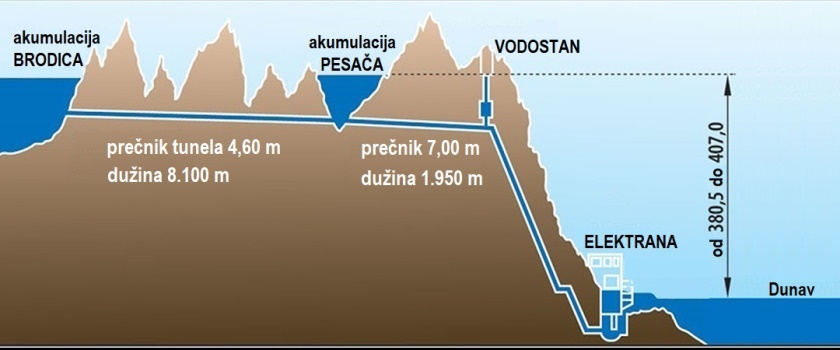
Photo: EPS
Serbia is considering three options for the capacity of the Đerdap 3 pumped storage hydropower plant, according to the Ministry of Mining and Energy.
The Ministry and Mining said the feasibility study is in the final stage.
“We expect to complete an additional part called market simulation within a month, to get insight into the financial impact of the pumped storage hydropower plant on the operations of hydropower plant Đerdap 1 for long-term financial forecasts”, the ministry’s State Secretary Veljko Kovačević told Euronews Serbia.
Of note, the ministry said in March that the hydrology study and the preliminary feasibility study have been completed for Đerdap 3.
A capacity of 2,400 MW has been floated, but Kovačević now reveals three options are under consideration.
From a national to a regional project
“With 1,400 MW, we would have a pumped storage hydropower plant for the needs on the national level, with 1,800 MW we would already have a regional project, and the last option being considered, of 2,400 MW, changes the energy landscape of the wider region”, Kovačević stressed.
Pumped storage hydropower plants gained importance over the last several years, as by storing energy they enable greater integration of renewables. Serbia is currently much closer to the construction of another facility – Bistrica.
The location for Đerdap 3 is on the Danube and on the border with Romania, which therefore must be included in project preparation. Yugoslavia – including Serbia – and its neighbor jointly built the Đerdap 1 and 2 (Iron Gate 1 and 2) complex. Romania earlier suggested it could agree to participate with a 50% share.
In early August, Romanian Minister of Energy Sebastian Burduja said the government in Bucharest would carefully track the plans related to the investment. Romania won’t allow production at the existing Iron Gate 1 and 2 to come under jeopardy, he said.
US company Bechtel was involved in the preparation of the study
The Serbian side, in his words, sent initial data on the proposed investment and its impact on the infrastructure of Iron Gate 1 and 2. Serbia conducted the said study with United States–based company Bechtel, Burduja added.
It should be noted that Romania and Bulgaria qualified in July their joint hydropower project Turnu Măgurele – Nikopol on the Danube for the European Union’s financial support.

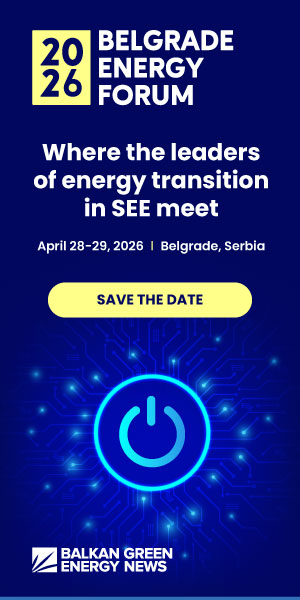
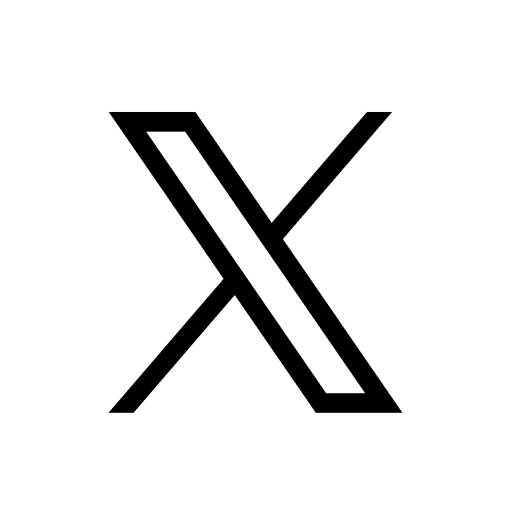


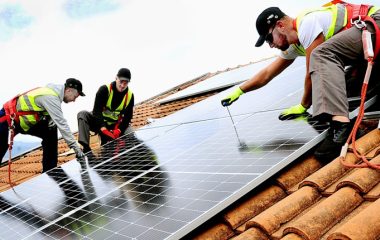
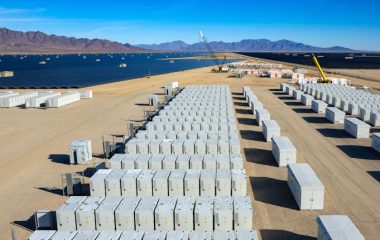

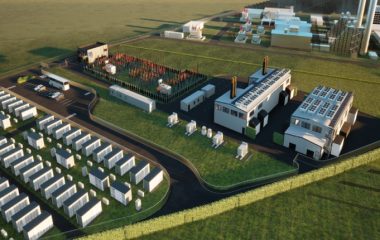
Be the first one to comment on this article.